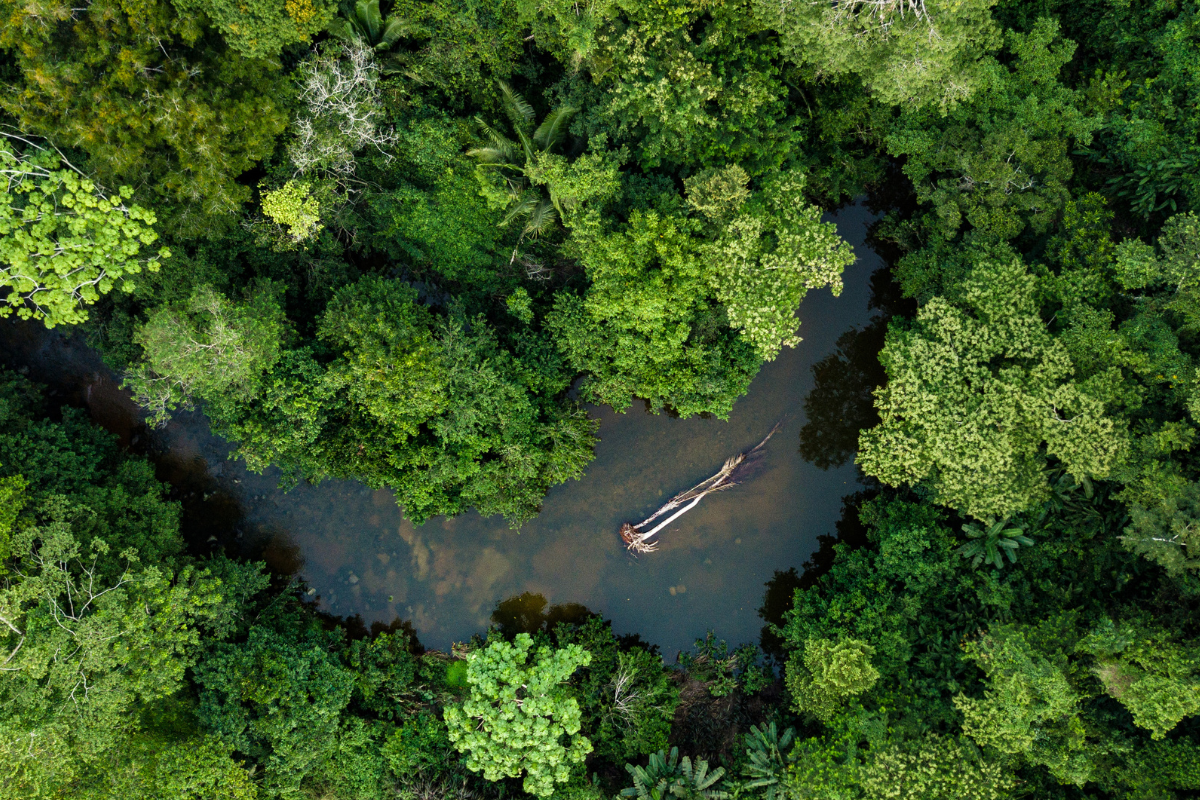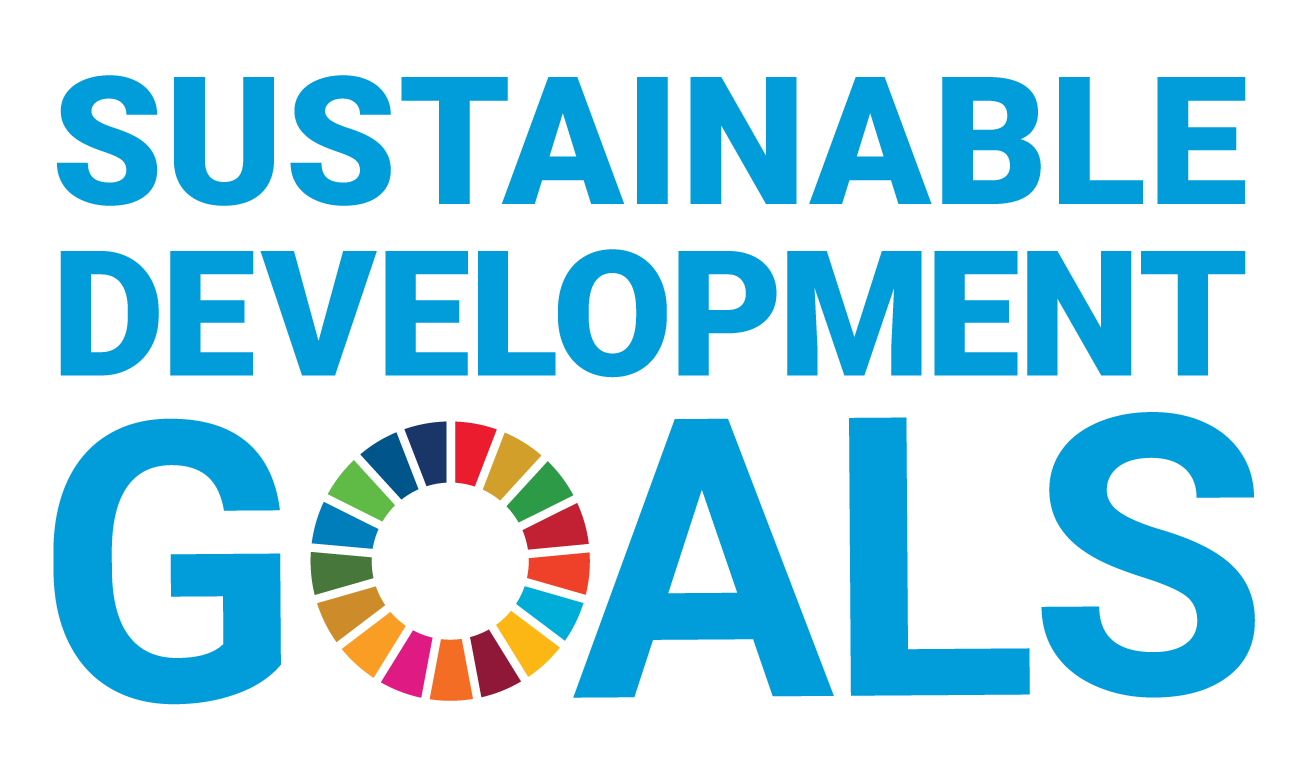You can search for courses, events, people, and anything else.
"What happens in the Amazon rainforest has consequences across the globe," says Dr Beatriz Garcia, an academic in the School of Law at Western Sydney University, who specialises in international environmental law.
Human activities such as logging, mining, and agriculture threaten the Amazon — an ecosystem which is spread across eight South American countries — but there is little multi-lateral legislation between the countries to protect this vital biome. While international rivers, fisheries, and air unequivocally transcend borders, other natural resources such as forests fall within well-defined national borders. This is one of the reasons why countries have usually been averse to global rules on forests, based on the principle of national sovereignty over natural resources. However, "forests don’t stop at borders," says Garcia, citing the Amazon as a key example.
Garcia recently completed a research project working with the Kayapo people, an Indigenous community living in the Amazon basin in Brazil, to understand how they have successfully protected their territory from threats including gold mining and logging. The research project is a collaboration between Garcia and researchers involved in the Climate Action Beacon, Griffith University in Queensland, led by Professor Brendan Mackey, and professionals working for the Kayapo Indigenous organisations.
"Kayapo territory covers around 10 million hectares, located in the highly threatened south-eastern Brazilian Amazon," says Garcia. "Their land is currently surrounded by cattle ranches, roads, and towns. With little or no help from the Brazilian government, the Kayapo have protected their ancestral land from these impacts — we wanted to understand how they did this."
Garcia conducted extensive interviews with the Kayapo and staff from the organisations who work closely with them. "Charting lived experiences and witnessing their flourishing community first hand was invaluable," says Garcia.
Need to know
- Forests often extend across national borders.
- This complicates conservation efforts.
- Western’s Beatriz Garcia has been studying the successful conservation efforts of the Kayapo people in Brazil.
"Long-term support is vital for protecting ecosystems and their communities."
Garcia and co-workers measured the success of the Kayapo’s strategies under the "three-pillar framework" developed by Ed Morgan and colleagues at Griffith University: ecosystem integrity, governance, and planning. They examined the Kayapo’s own community organisations, their structure and funding, and how decisions are made and implemented.
They found that the community’s strategies are multi-faceted and highly successful. The International Conservation Fund of Canada (ICFC), the principal outside partner and funder of the Kayapo organisations, and some Brazilian NGOs have been long-term supporters, working closely with the Kayapo over the past 20 years, explains Garcia.
"These external organisations truly understand the needs of the community, and there is a strong trust there," she adds. "Long-term support is vital for protecting ecosystems and their communities — helping for a few years and then moving on is of limited use."
Key to the Kayapo’s success in countering outside influences is that they carefully survey their land, establishing guard posts along vulnerable entry points. "This deters illegal activities and limits people entering their land, but it also provides employment for Kayapo people," says Garcia. "Employment is also boosted by the sustainable trades that the community has established, for example growing Brazil nuts, and selling traditional handicrafts."
"The Kayapo protect the largest tract of tropical forest in the world under some form of official protection (an indigenous territory) and are a model for large scale forest conservation with an Indigenous people," says Barbara Zimmerman, Director of the Kayapo Project at the International Conservation Fund of Canada, based in Chester, Nova Scotia.
She adds that Garcia "was able to tease apart and explain the various threads of action and principles that have led to Kayapo’s success at protecting most of their vast territory in the lawless south-eastern Amazon," which has been an invaluable contribution to helping save the Amazon rainforest from further degradation.
Garcia hopes that documenting the Kayapo’s route to success could be useful for other Indigenous communities, including those in Australia.
Meet the Academic | Dr Beatriz Garcia
Credit
Future-Makers is published for Western Sydney University by Nature Research Custom Media, part of Springer Nature.
© FG Trade/E+/Getty
© qualtaghvisuals/Shutterstock




